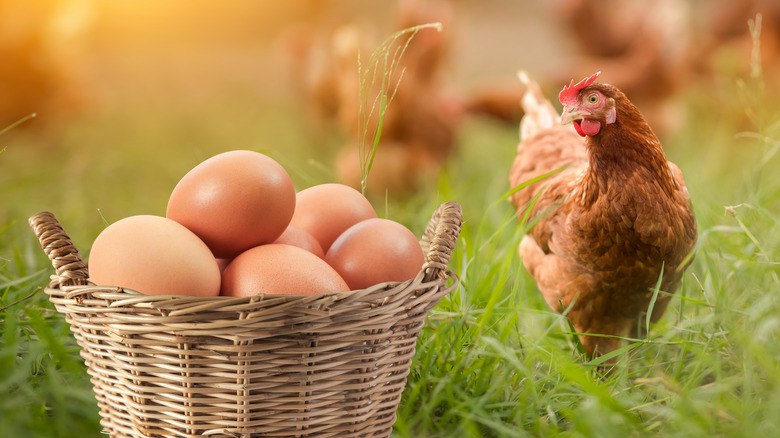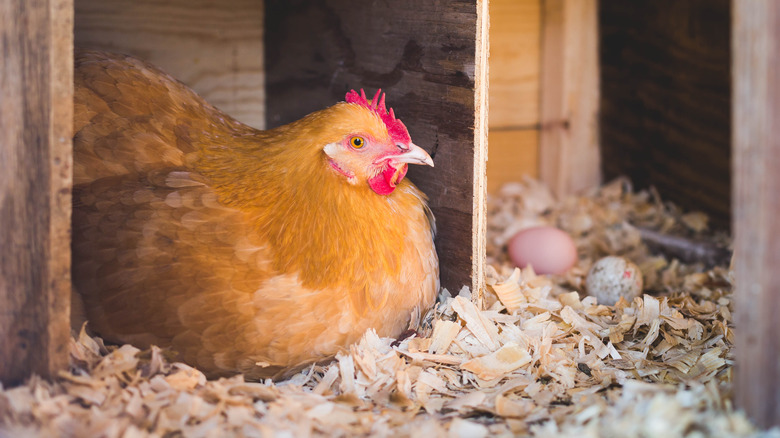Bird Flu Is Forcing Chicken And Egg Prices In Opposite Directions
Inflation has been one of the hottest topics of 2022, as the recent midterm election cycle illustrated well. The Washington Post reports that inflation has hit its highest point in 40 years, driving prices up across nearly all industries. We felt it first with rising car prices, and it has continued on to impact gas, housing, and groceries. The primary driving factors have been sudden shifts in demand due to the coronavirus pandemic and the loss of goods from both Russia and Ukraine as the former has waged war against the latter. The good news is that food inflation may finally be slowing down, as October saw a meaningful drop in inflation rates, however, not all commodities have been equally affected.
An unfortunate phenomenon has taken hold of the poultry business, as the avian world has faced a catastrophic pandemic of its own. H5N1, a strain of avian influenza a.k.a. bird flu, has swept the entire globe, and its highly contagious nature has left few species untouched. Nature reports that birds including farm-raised poultry in Europe to penguins in South Africa have seen widespread deaths from the disease. It has driven Thanksgiving turkey prices to new heights and could become even worse as birds congregate for winter migrations. But a very odd thing has happened to the American poultry industry, where egg prices are skyrocketing, but the cost of chicken meat itself has actually dropped.
Bird flu has mostly affected egg-laying hens
According to CNBC, commercial egg prices jumped a whopping 10% in October, which marked the largest monthly price increase of any grocery item. Egg prices have almost doubled in the past year, climbing from $1.82 for a dozen Grade A large eggs in October 2021 to $3.42 for the same eggs in October 2022. The only food item that has seen higher inflation over the last year is margarine, which Yahoo! attributes to the Russo-Ukrainian war, as the two Eastern European nations account for around 75% of the world's vegetable oil supply, without which one cannot make margarine.
Avian flu kills almost 100% of chickens it infects, and if any bird on a farm comes down with the disease, federal rules force the farmer to kill their entire flock to prevent its spread. As a result, CNBC reports that roughly 37 million egg-laying hens have died in 2022. However, the chickens we eat, known as broiler chickens, have evidently been spared from this fate, as the cost of chicken meat dropped 1.3% in October.
At first, it doesn't make much sense, until you get deeper into the details of the poultry industry. Broiler chickens have extremely short lives, only five to nine weeks from hatch to slaughter. Egg-laying hens on the other hand take six months just to reach maturity, and because farmers must keep them alive longer, they are more likely to catch H5N1.

